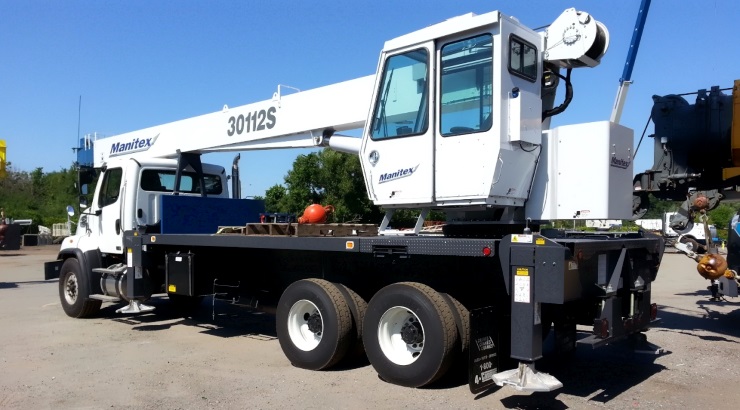Heavy Equipment
Different Types of Boom Trucks and Their Uses
Swing cab and fixed cab are the most common types of boom truck cranes.

A boom truck, also known as a truck-mounted crane, is a lorry fitted with a hydraulic extension that can be used to do tasks such as lifting, lowering, and moving heavy loads from one point to another.
The truck has a revolving structure, a fixed or telescopic boom, and an operator’s cab mounted on a frame attached to the vehicle chassis. Most types of boom lift trucks can lift loads of up to 54 tonnes.
Boom trucks are used to lift light objects such as an air conditioning unit set for installation on the second floor of a building or to hoist technicians in the air to fix a faulty power transformer.
Depending on the size of the load, a boom truck often transports the shipment – thus cutting costs by eliminating the need to hire both a crane and a lorry to carry the load.
Different types of boom trucks
There are two types of boom truck cranes; namely, swing cab and fixed cab. The two types of boom lift trucks have unique attributes that make them ideal for the tasks that they carry out.
Fixed cab
As the name suggests, a fixed cabin boom truck consists of a built-in cabin that faces one specific direction. It has a single cabin, which is the driver’s cab, and all its controls are placed here.
This type of boom lift truck looks like a standard lorry with a boom on the back.
A fixed cab is the most common type of boom truck – thanks to its ability to transport the load from one place to the required destination. However, because of its static cabin, this type of boom truck is quite limited in terms of lifts that it can do.
RELATED: 35 Must-Know Construction Equipment Names
A fixed cab boom truck is not ideal for sites where visibility is essential – for instance, in the case where a job site has many existing structures.
Swing cab
A swing cabin boom truck is adaptable to various job sites compared to its fixed cabin counterpart. It comes with an operator’s cabin that moves in tune with the boom’s movement – offering the operator some improved vision and greater mobility functions.

When fitted with a telescopic boom (a boom that extends telescopically), a swing cab can improve the application of these trucks – making it the most preferred type of boom truck among large-scale builders.
Other types of boom trucks
While swing cabs and fixed cabs are the most common types of boom trucks, the marketplace has other varieties of truck booms, including boom trucks and bucket trucks – each handling specific tasks.
Boom truck cranes
Also referred to as boom cranes, these trucks consist of a telescopic arm and usually work as typical cranes to lift and move heavy objects. Their telescopic arm has two primary structures: the main boom and the jib – which enable the device to lift loads of between 10 and 60 tonnes.
Bucket trucks
While boom cranes are ideal for lifting various kinds of loads, they are not suitable for hoisting people in the air. As such, bucket trucks are most popular among companies that need to elevate their technicians.
Bucket trucks come with platforms on which workers can stand and work while keeping their tools close. Most bucket trucks have a railing or wall to keep the workers safe, with some more advanced versions coming with cabins built out of fiberglass to enhance the safety of workers.














